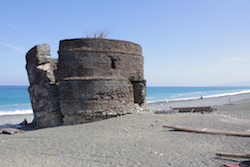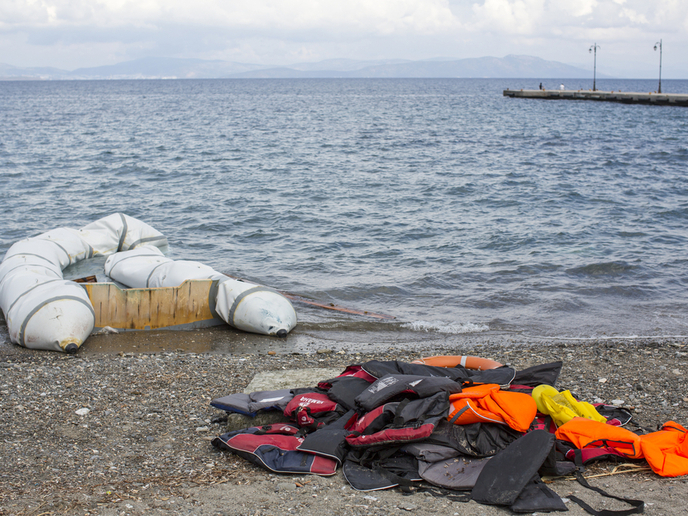New research reveals mechanisms behind the principle of divide and rule
Divide and rule – a principle as old as human conflict itself. But how in practice does that actually work and what are the implications now? One EU-supported project considered the case of the Spanish colonial Philippines, taking chronicles and reports from the 17th and 18th centuries as its sources, to get a clearer idea of how threat perception can be fostered and used. It took a look at the root of what is still known as the ‘Moro problem’. This refers to clashes between Muslim and Christians in the southern Philippines. As one of the researchers on the Phil-Threats project, Dr Eberhard Crailsheim, explains, “Our research shows how the representations of the ‘Moro threat’ contributed to the cohesion of the diverse colonial society on the Philippines, and in the Spanish Empire at large. We applied a broad array of methods to show how the ‘creation’ of an enemy helped the Spanish ruling elite in Manila to unite the relevant actors (clerics, soldiers, bureaucrats, and Christianised natives) and reinforce the colonial order in this Pacific Archipelago.” The work carried out by the Phil-Threats project was developed in collaboration between Dr Eberhard Crailsheim as researcher and Dr María Dolores Elizalde as supervisor at the Consejo Superior de Investigaciones Científicas, Madrid. It focussed on cultural aspects of political history. By doing so, the project managed to challenge older studies on political power. It stresses the importance of ‘soft factors’, such as perceptions and internal communication that need to be taken into consideration. “We asked ourselves how colonial dominance was impacted by the integration of local elites and the military power of Spain, along with how propaganda was applied,” says Dr Crailsheim. Study of such a broad range of factors required an interdisciplinary approach, as it took ideas from sociology and political sciences into consideration for the historical analysis. “More precisely,” says Dr Crailsheim, “key findings from conflict sociology as well as recent concepts from the security studies, in particular securitisation theories, were applied. This made the project a possible role model for other historians working on external threats.” Their analysis was published in several articles and will appear, in particular, in two chapters of their forthcoming book Representations of External Threats in History (Medieval World to 19th Century), which will be published later this year by Brill in the book series ‘The History of Warfare.’ Framing such a diversity of sources The approach the project used built upon the combination of recent international studies from various fields and disciplines. The theoretical framework developed mainly around the cultural history of politics, addressing the question if and/or how political actions/communication produce, change, maintain or destroy certain (cultural, social, political) structures. As Dr Crailsheim explains, the notion of a ‘knowledge-policy’ was particularly powerful as it claimed the authority to interpret essential values. The colonial government, and especially the Catholic Church, had a strong influence in the definition of what was considered ‘good’ or ‘normal’. By way of this truth- or knowledge-policy, it also determined who was ‘good’ and the ‘bad’, and who then had to be perceived of as a threat. Phil-Threats has contributed to a better understanding of power structures in colonial settings and the mechanisms of political communication at large. The research was conducted in such a way that makes it possible for later researchers to extrapolate the results and make comparisons with other colonial and postcolonial settings.







